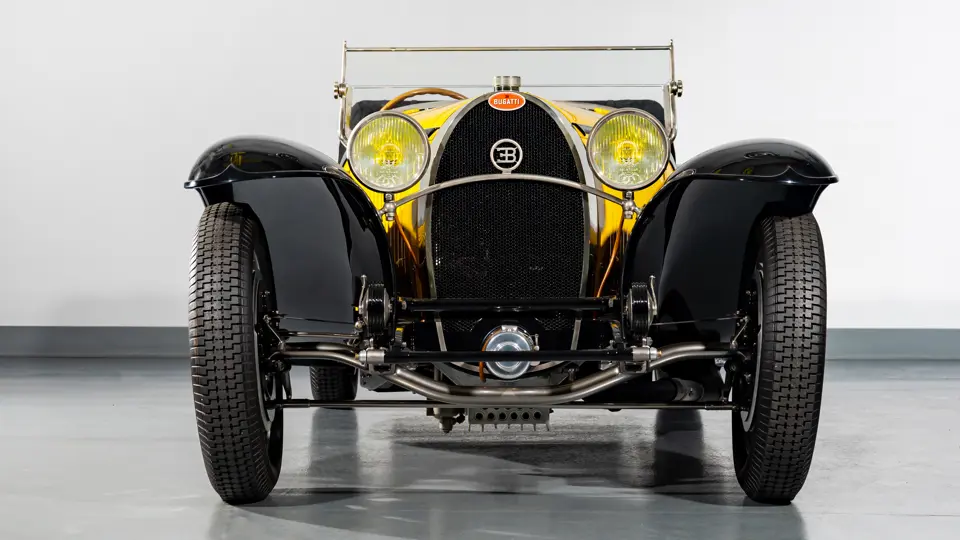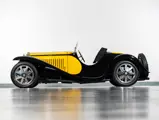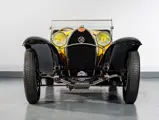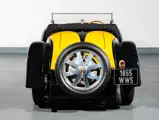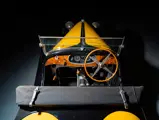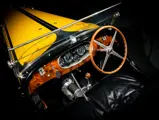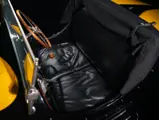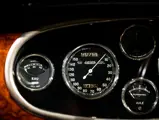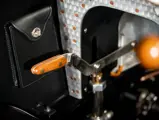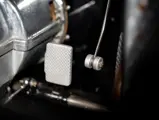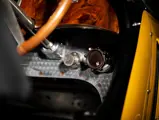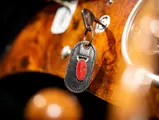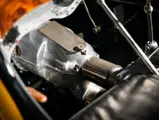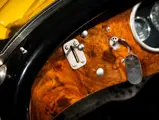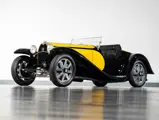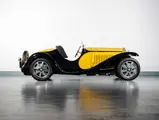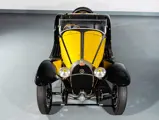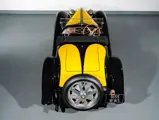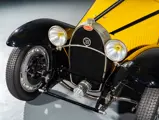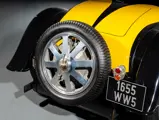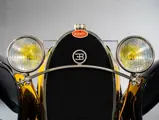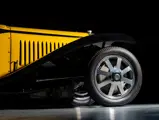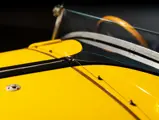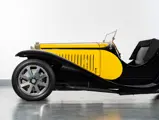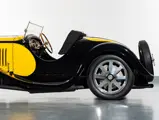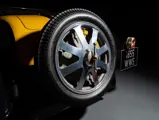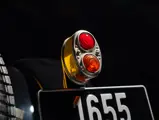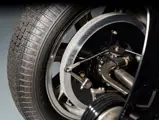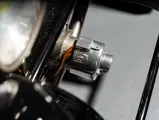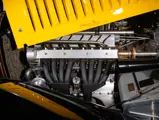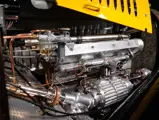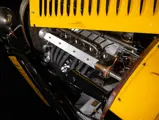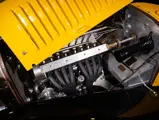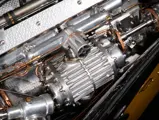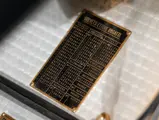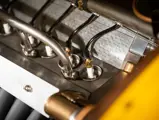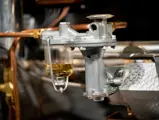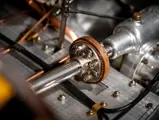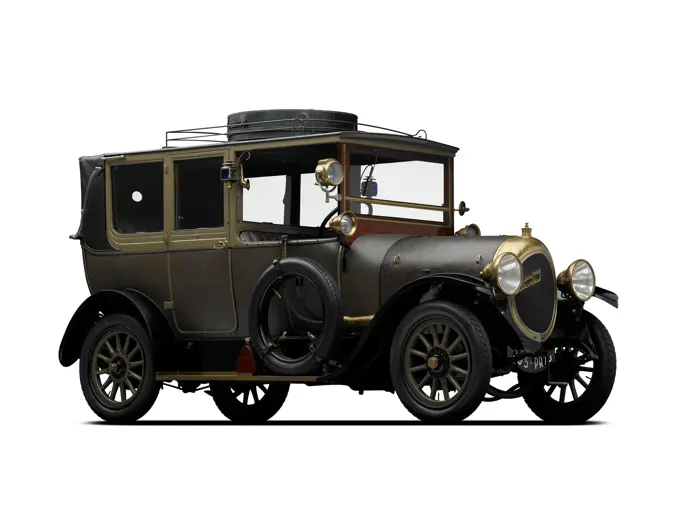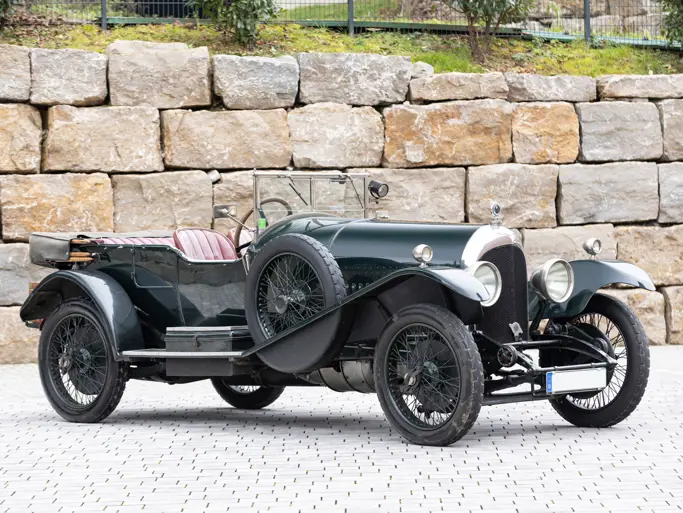
1932 Bugatti Type 55 Roadster in the style of Jean Bugatti
{{lr.item.text}}
$2,400,000 - $2,800,000 USD | Not Sold
Offered from the Oscar Davis Collection
{{bidding.lot.reserveStatusFormatted}}
- One of 38 Type 55 Bugattis produced
- Raced in the summer of 1932 at Automobile Club of Luxembourg events
- First bodied with Pritchard & Demollin four-seat cabriolet coachwork
- Presently fitted with an attractive and nicely detailed roadster body in the style of Jean Bugatti
- Painstakingly reunited with many of its important numbers-matching components following Oscar Davis’s acquisition
- Accompanied by reports from Bugatti historian David Sewell
Like many premier automakers in the early 20th century, Bugatti used its success in competition to elevate the profile of its road cars. In the case of the Type 55, introduced by Bugatti in 1932, the ties to motorsport were quite explicit: it was a direct descendent of the Type 51 racecar, and was similarly powered by a supercharged 2.3-liter dual-overhead-cam inline-eight. The 38 Type 55 Bugattis produced typically wore sporting bodywork—often open-topped—that further emphasized the model’s racing roots.
According to the report by marque expert David Sewell, the Swiss Bugatti Agent Bucar of Zurich ordered chassis 55219 in the winter of 1932 on behalf of their client Mr. Edmond Reiffers, a notary in the city of Luxembourg. Once completed later that spring, a factory employee delivered the unbodied chassis with a temporary seat to the border just 100 miles away from the factory.
Mr. Reiffers intended to commission coachwork of his own choosing for the car—but not before one of his three sons, Ernest, entered the chassis with only a bonnet, headlights, and seat in several local events organized by the Automobile Club of Luxembourg! Finally, in October of the same year, Pritchard & Demollin of Angluer, Belgium constructed a four-seat cabriolet body for the Type 55. Despite the added weight of this coachwork, his boys continued to enter the Type 55 competitively and would also use the car on hunting trips, illustrating the versatility of the car.
In 1938, the car was sold to industrialist Rudi Cloos, a fellow resident of Luxembourg. However, the Bugatti was traded two more times in the following two years within the Grand Duchy before being hidden away during the war. When peace finally arrived in 1945, the vehicle was unearthed and registered to Pierre Schickes, an electrician. Unfortunately, the Bugatti would suffer front end damage under his ownership. Subsequent photographs after the accident show the car received modified front wings which hang down to the front crossmember; the remainder of coachwork stayed intact. By 1955, ownership had changed hands once more to a Belgian named Gillard, but in 1957 well-known Bugatti dealer, Jean de Dobbeleer of Brussells, purchased the Type 55.
A TYPE 55 IN AMERICA
The post-war American economy proved to possess a large appetite for sports cars, and de Dobbeleer frequently took advantage of this opportunity. Part-owner of Precision Motor Cars, racer, and motoring enthusiast Bob Estes of California eventually took ownership of chassis 55219 in order to use it as a parts car for his other Type 55, chassis 55230. The remainder of the car was then sold to Ray Jones of Birmingham, Michigan in 1963. The Type 55’s present, highly attractive bodywork built in the style of the famous Jean Bugatti roadster design was created and fitted in the 1970s, and it looks particularly appealing in its striking black and yellow livery.
In 1988, Oscar Davis purchased a car containing elements of 55219 and a four-year endeavor would soon commence to make the Type 55 whole again. After a great deal of research, three chassis were ultimately purchased to bring this goal to reality: 55219, 55229, and 51127. The Bugatti Owners Club officially recognized the re-constituted car on 17 August 1993 and issued a replacement chassis plate.
In 2008, a comprehensive mechanical and cosmetic restoration was undertaken by Leydon Restorations of Lahaska, Pennsylvania, bringing together the original components from the three cars acquired. While disassembled, the opportunity to further inspect the car was taken by independent Bugatti researcher David Sewell (multiple successive reports from Sewell are on file, documenting the car's painstaking reconstitution under Davis' ownership). He concluded the chassis frame, engine, bulkhead assembly, gearbox, and differential casing contain the stampings indicating them to be correct to chassis 55219. However, during the restoration parts of the engine were determined to be too worn to use and today, the car utilizes a different top crankcase and cylinder block. Both pieces remained in the possession of Davis and accompany the sale.
At some point prior to Davis’ ownership, the lower crankcase had been machined, removing some of the original factory stampings. Luckily, assembly number 36 remained on the front left arm and matched the same assembly number found on the top crankcase which further bore the correct “11” engine number stamping, confirming the complete crankcase to be correct to chassis 55219. Additionally, “11” was found stamped on the upper camshaft drive housing, in addition to both the exhaust and inlet camboxes, by Sewell.
With its direct ties to Bugatti’s celebrated racing program, the Type 55 offers dedicated enthusiasts the offer to experience the refined marque’s more sporting side. Thanks to the diligent work of the Oscar Davis Collection, this highly sought-after Type 55—clothed in timeless roadster bodywork in the style of the great Jean Bugatti—can be enjoyed by enthusiasts for decades to come.
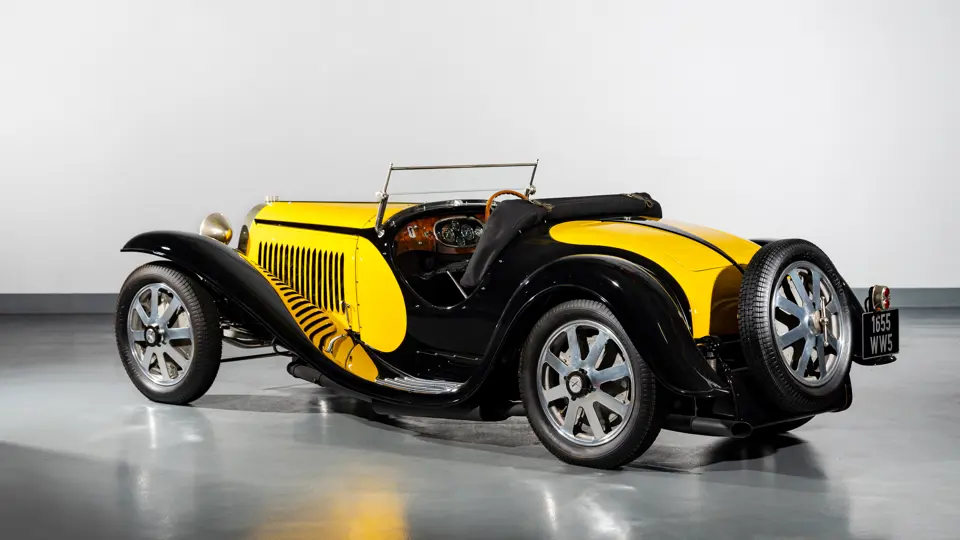
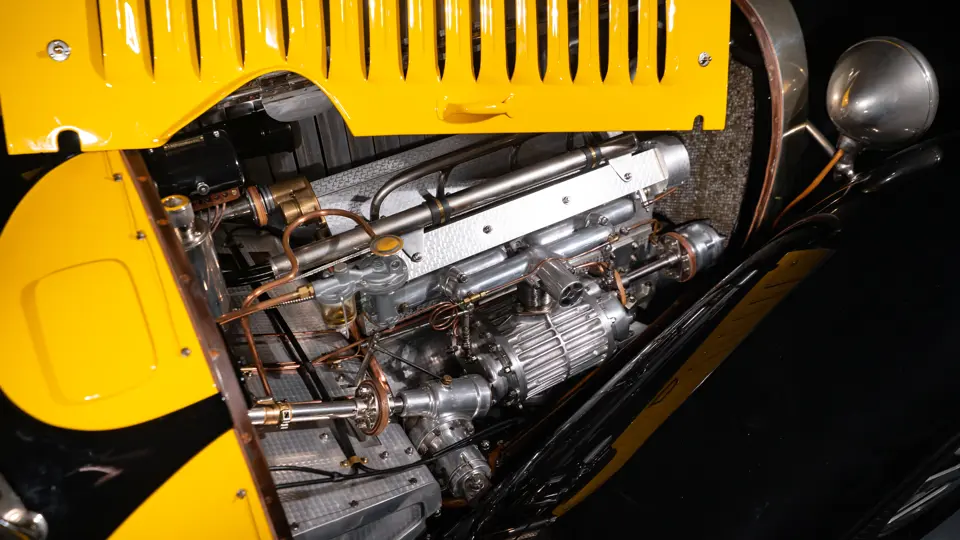



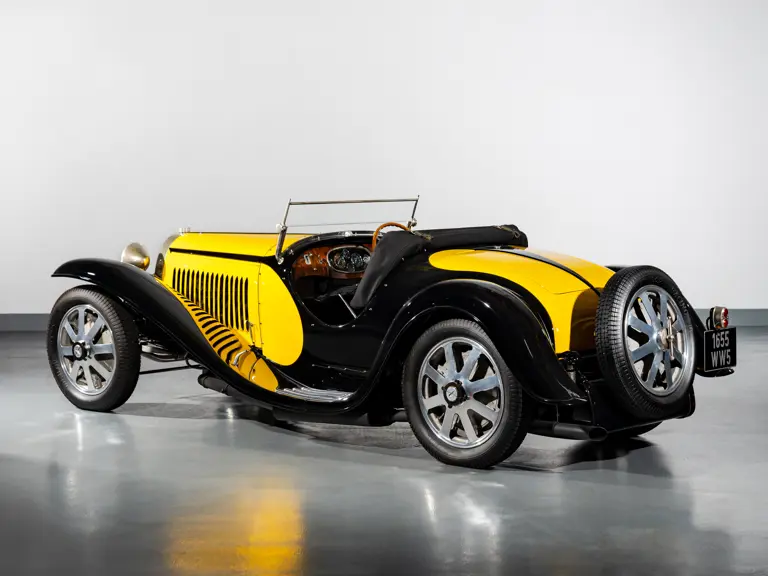
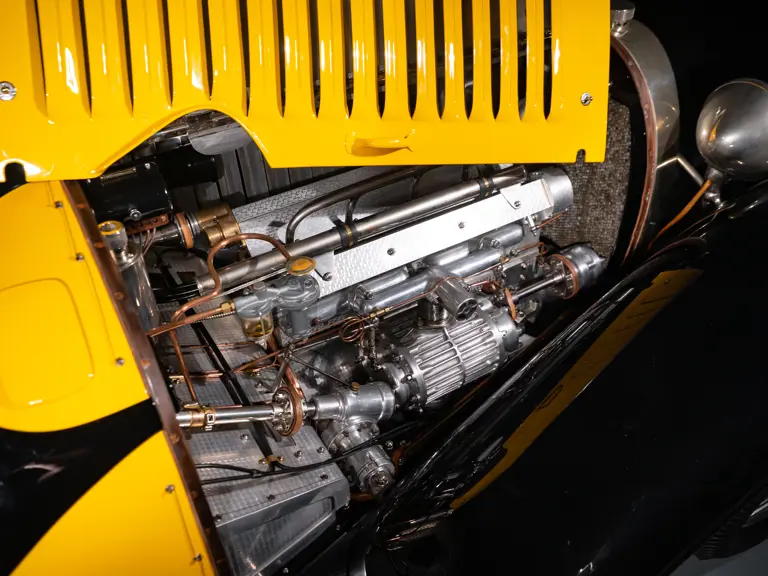
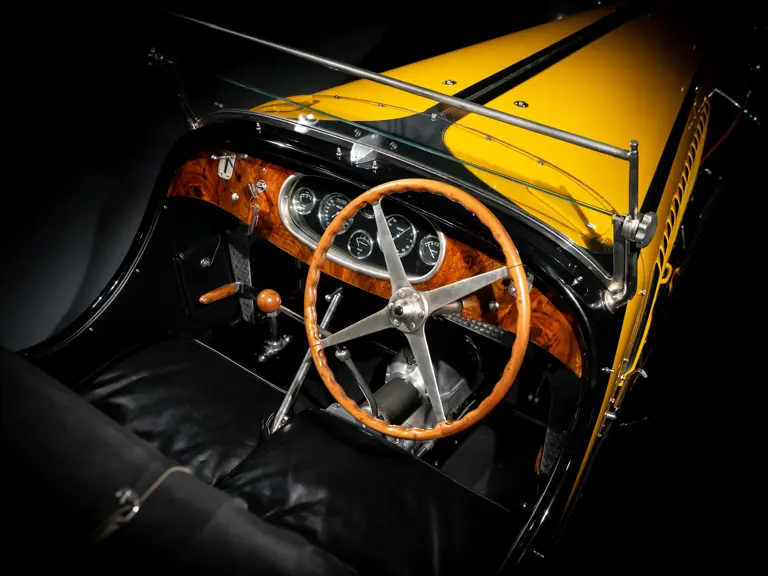
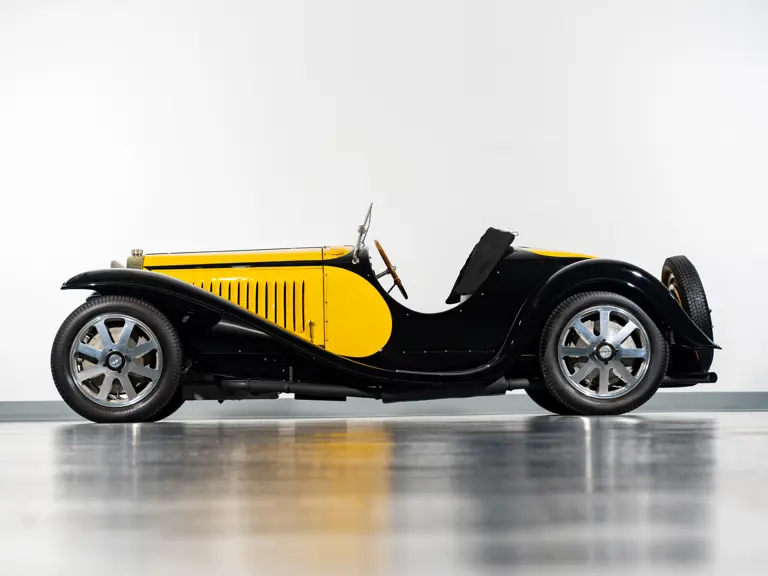
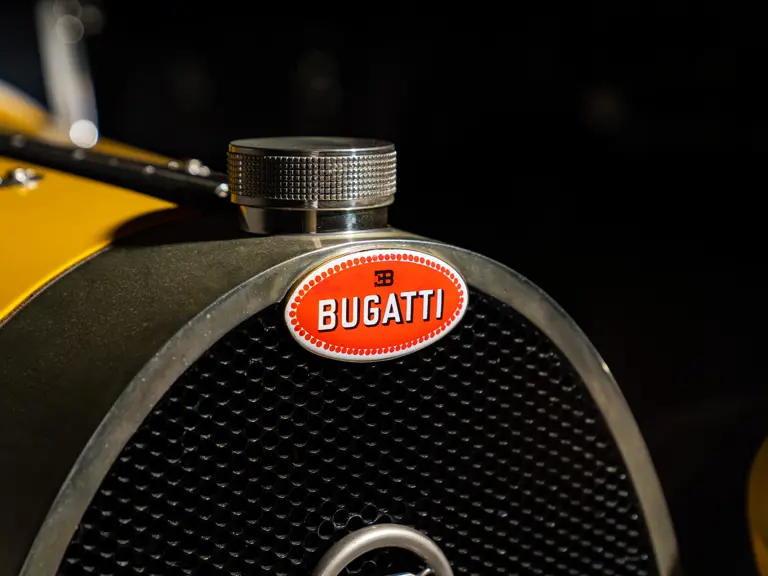
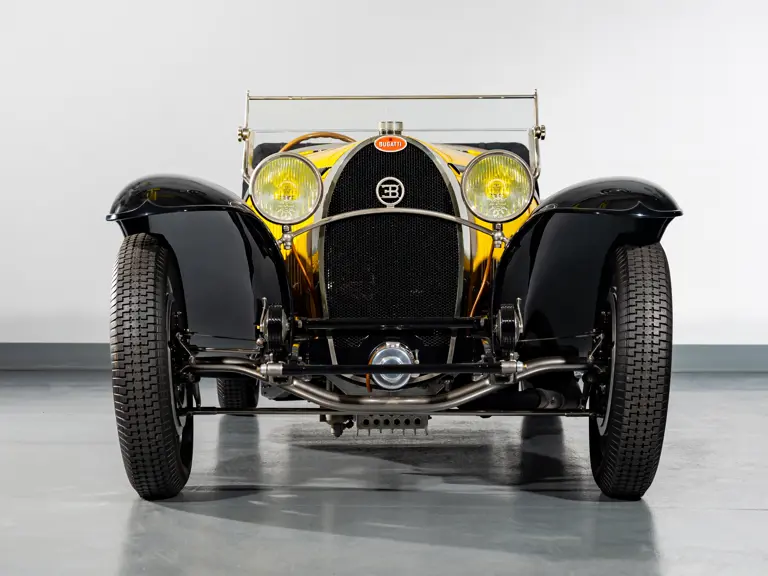
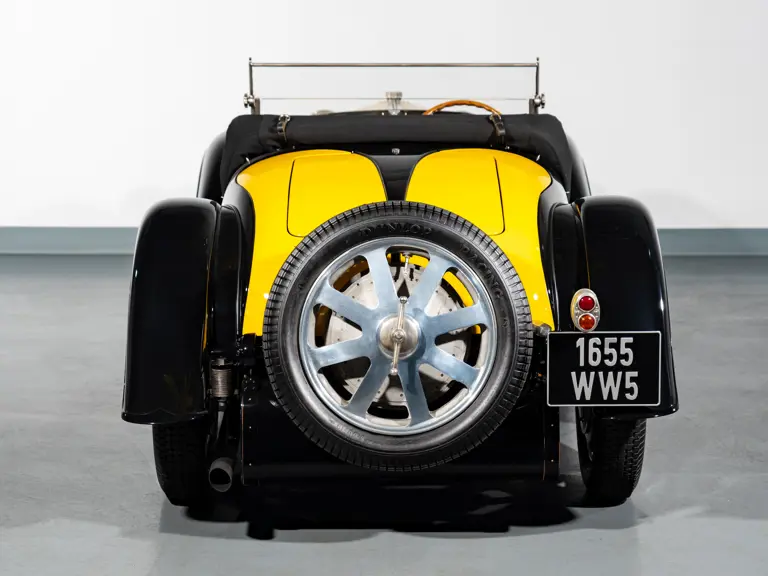
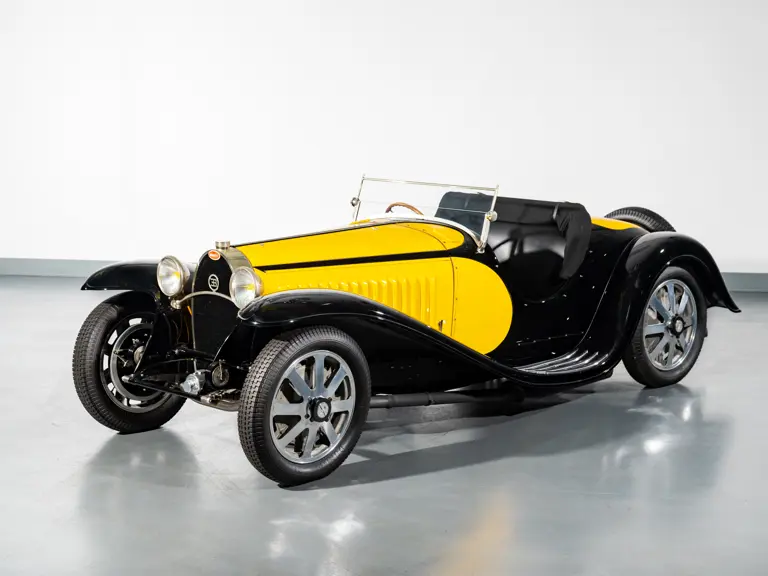


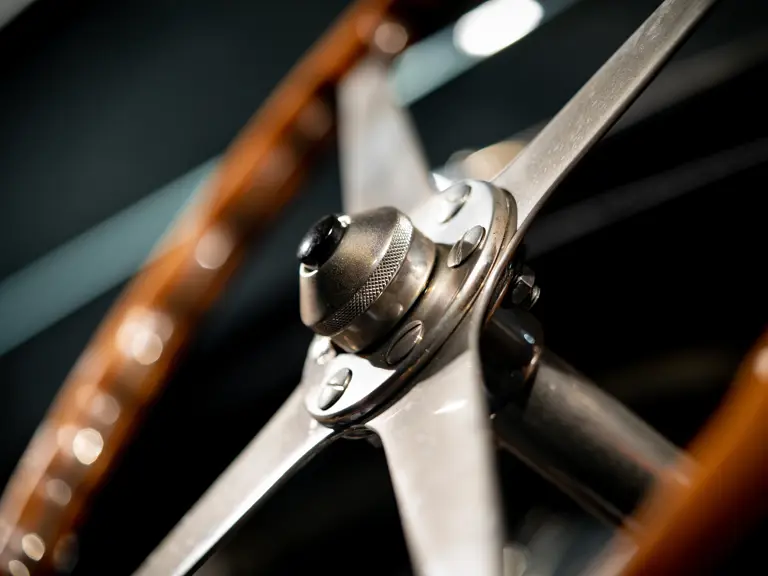

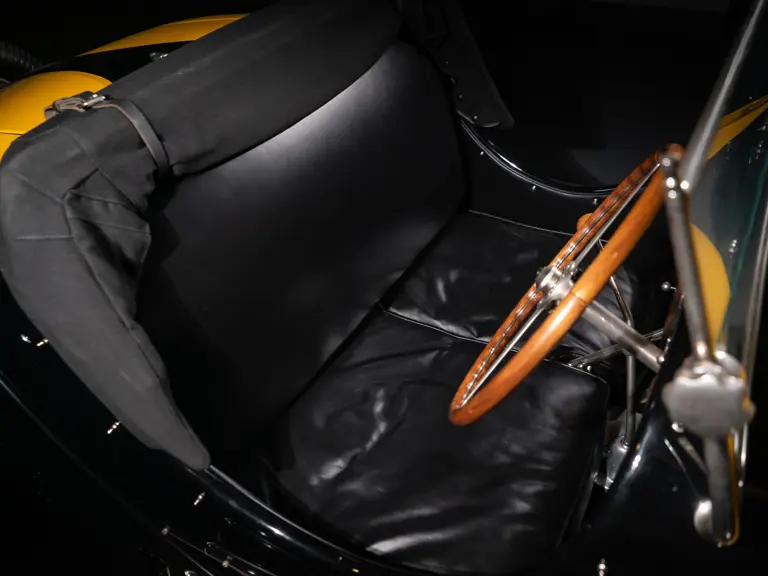

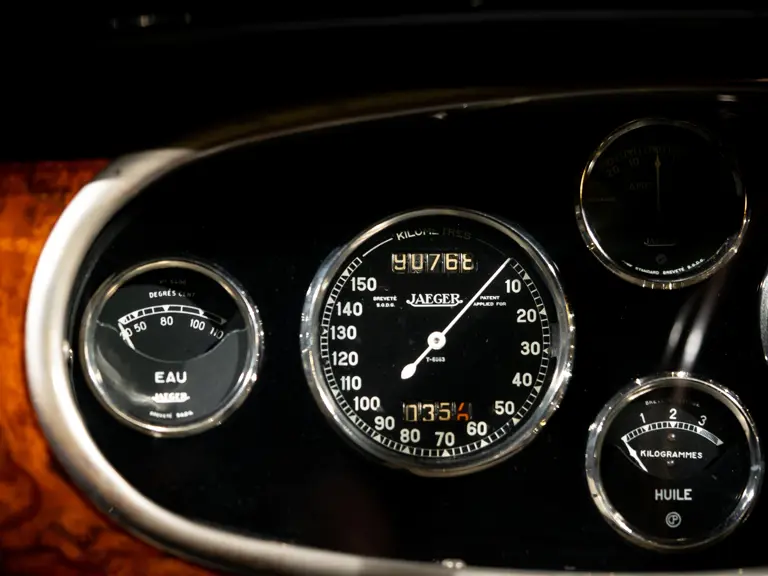
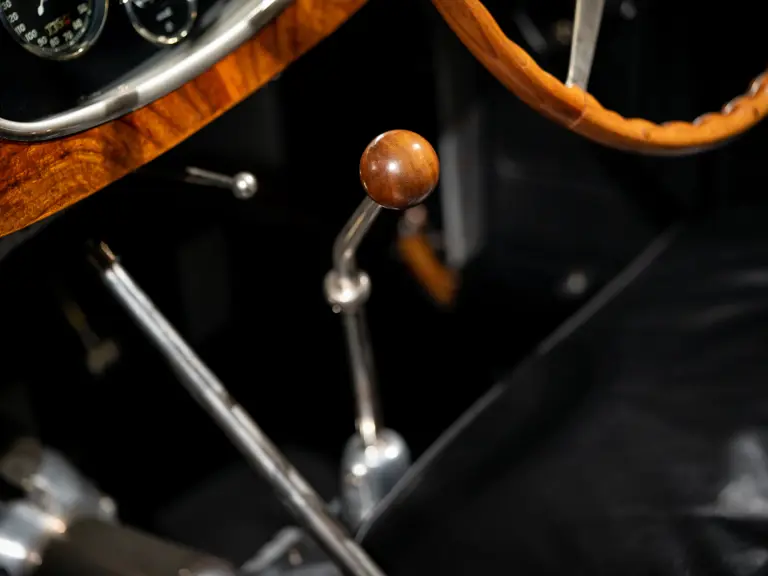
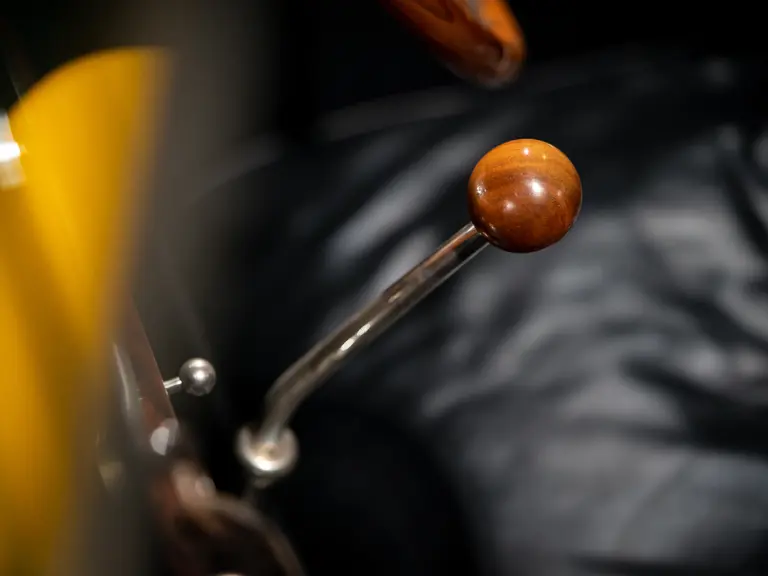
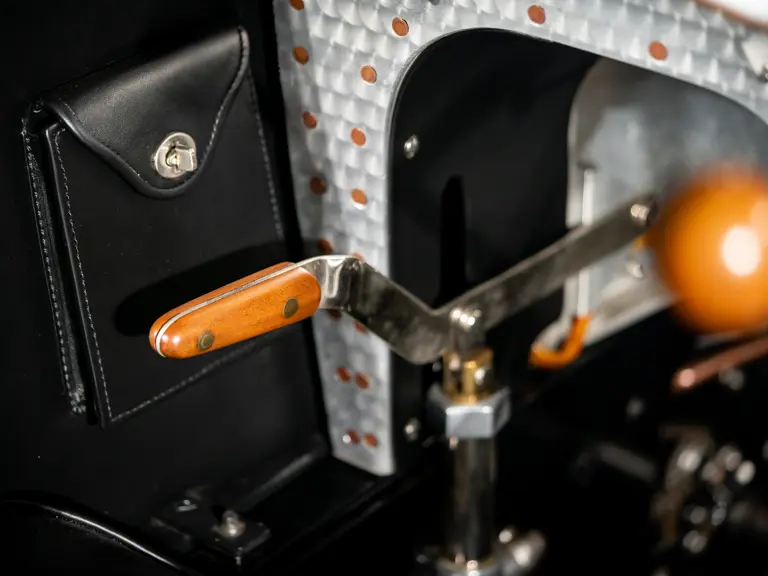
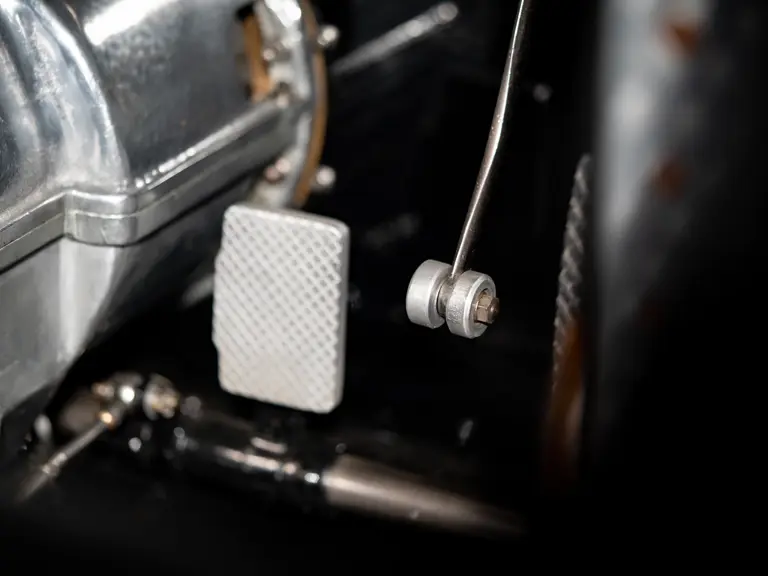
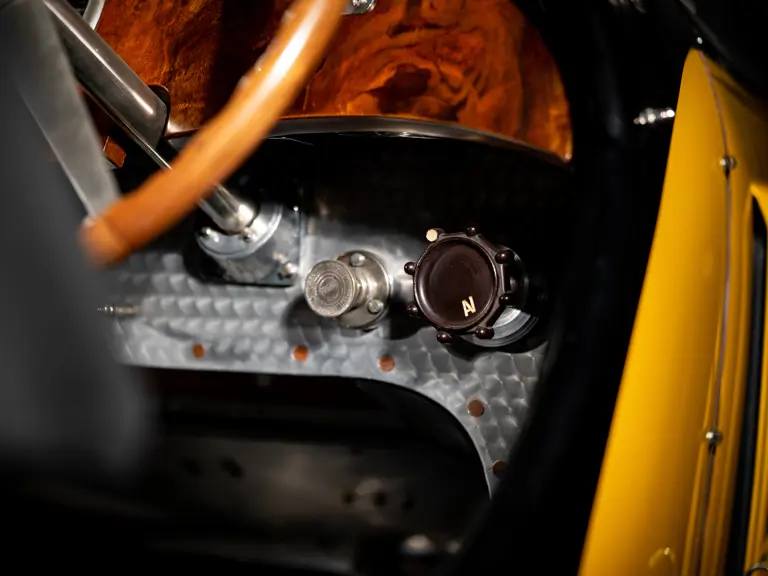
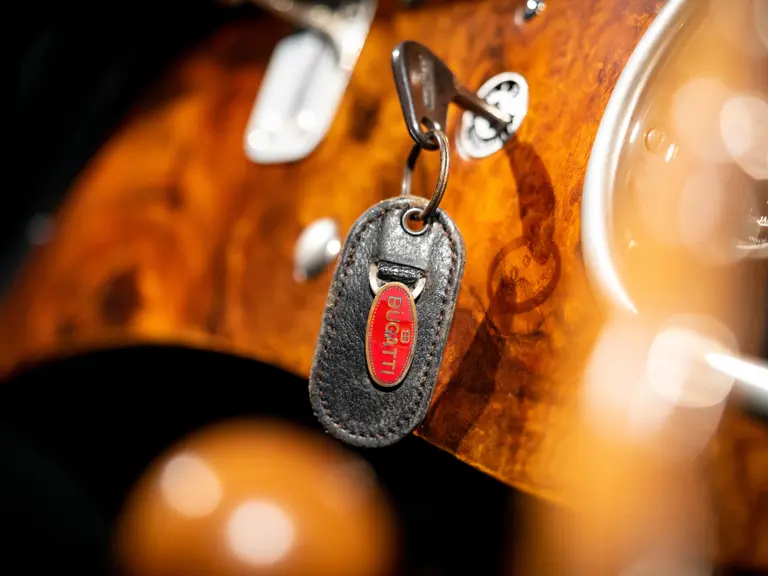
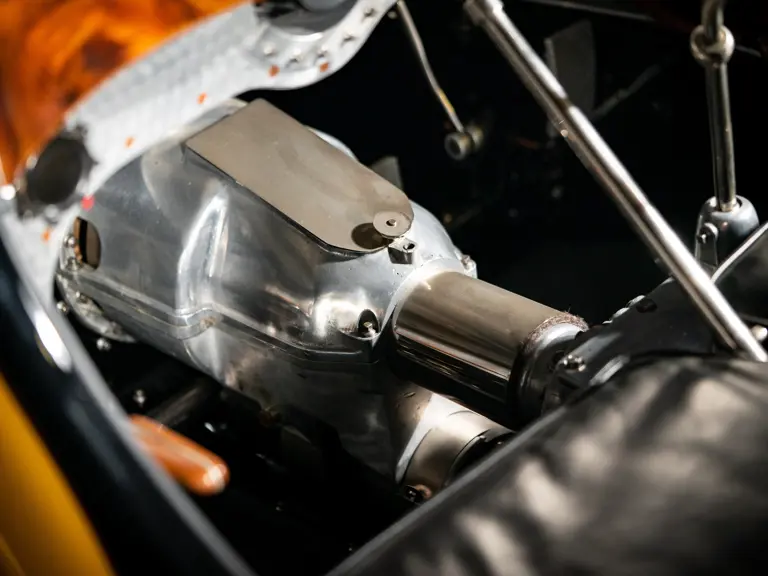
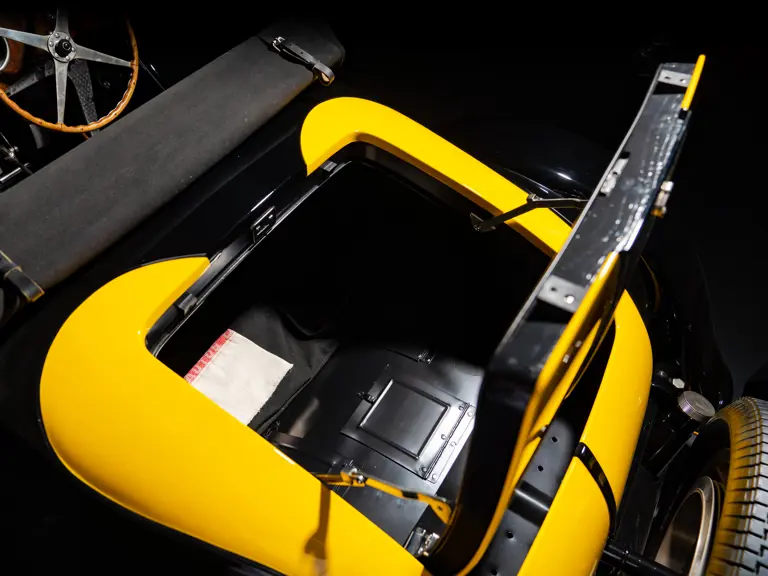
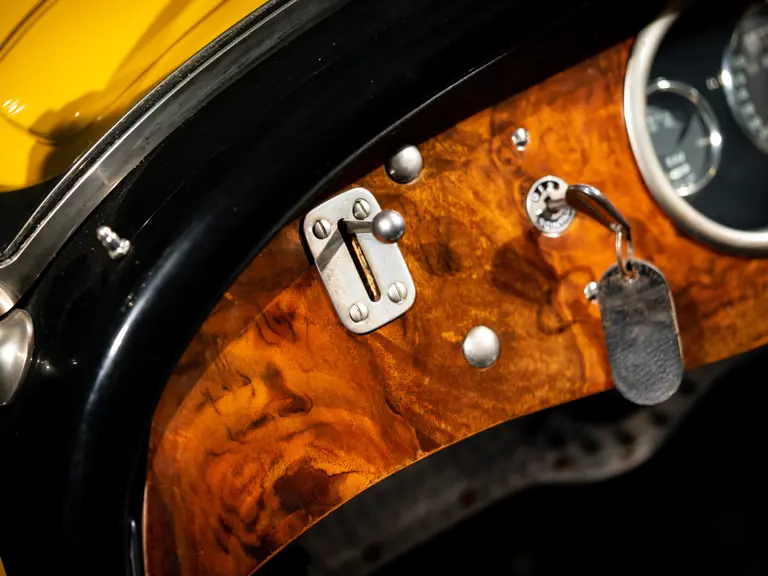
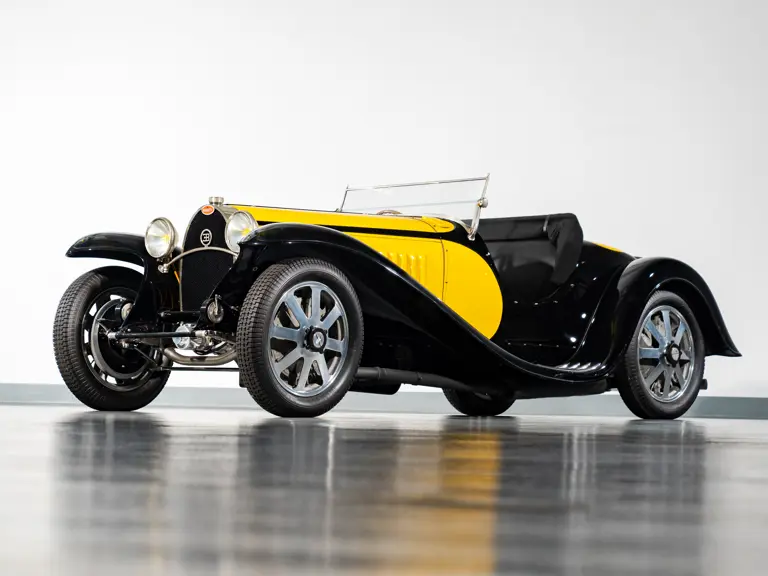

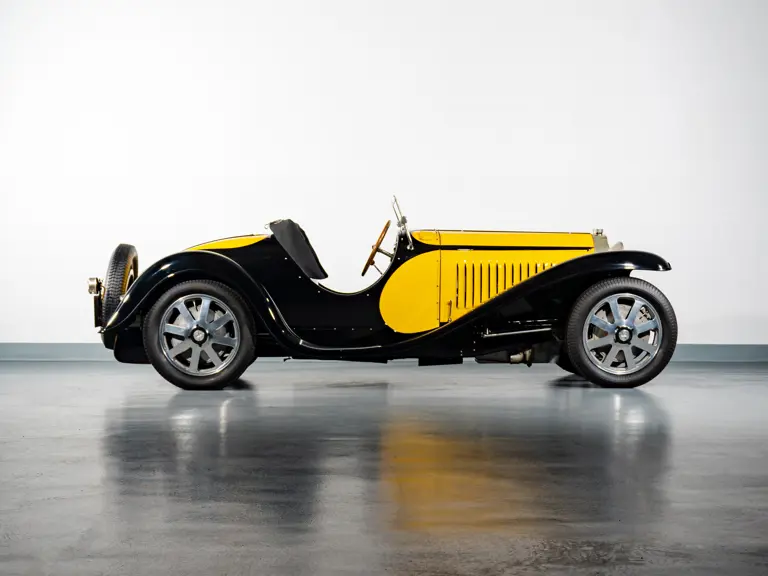
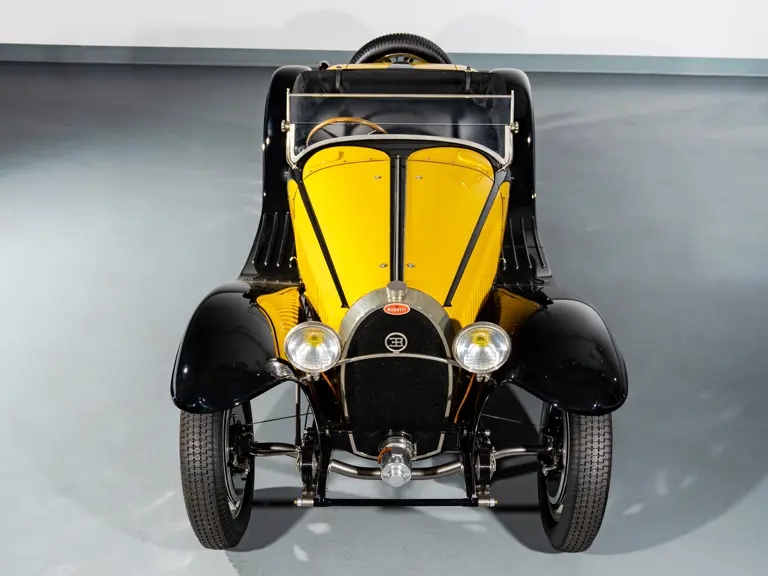
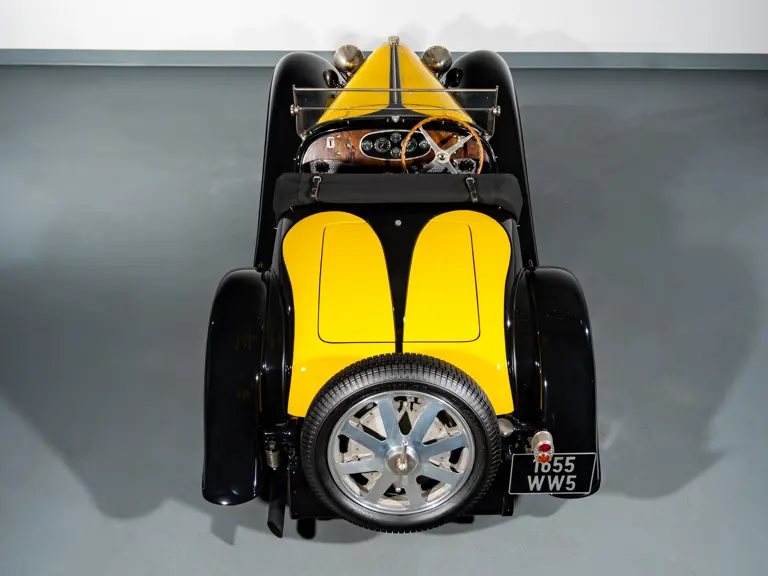
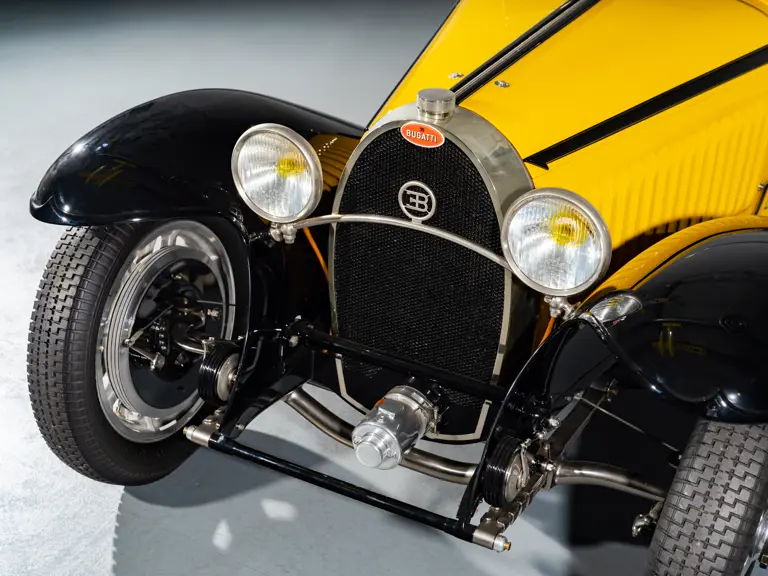
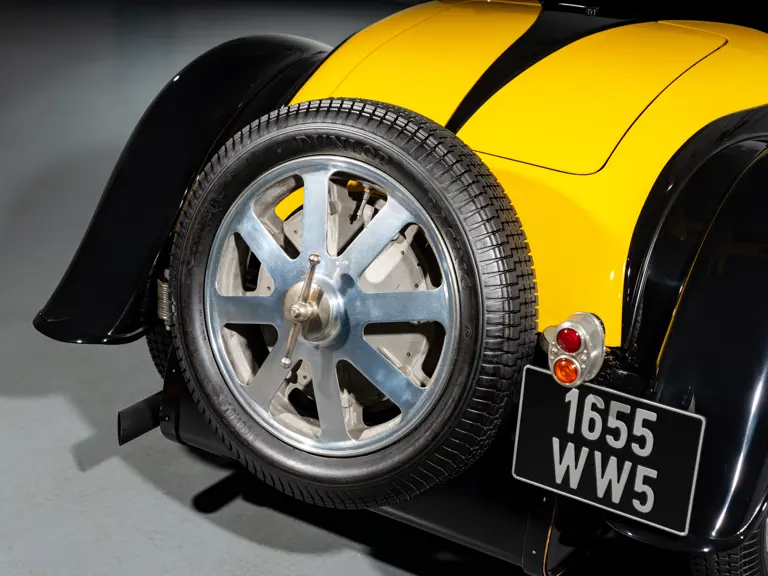
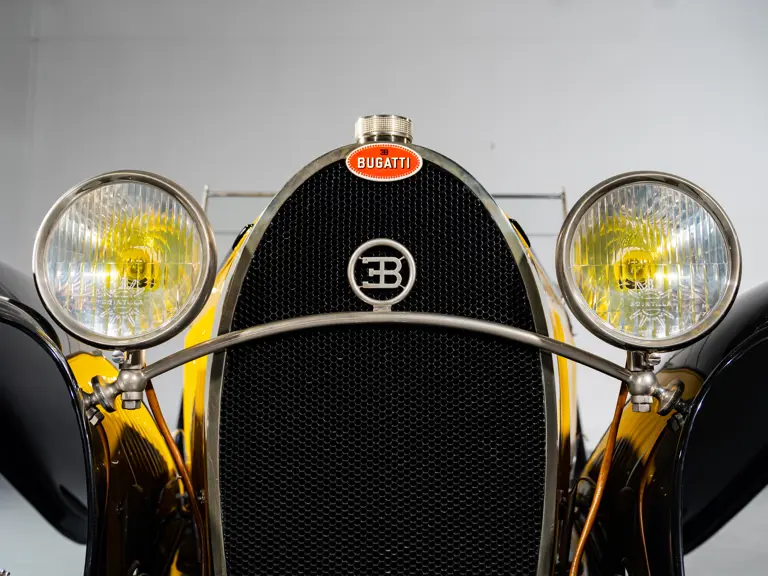
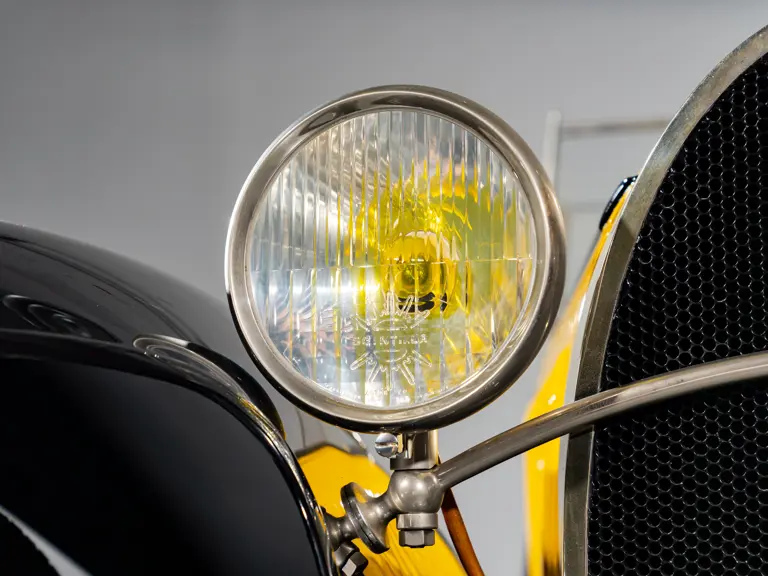
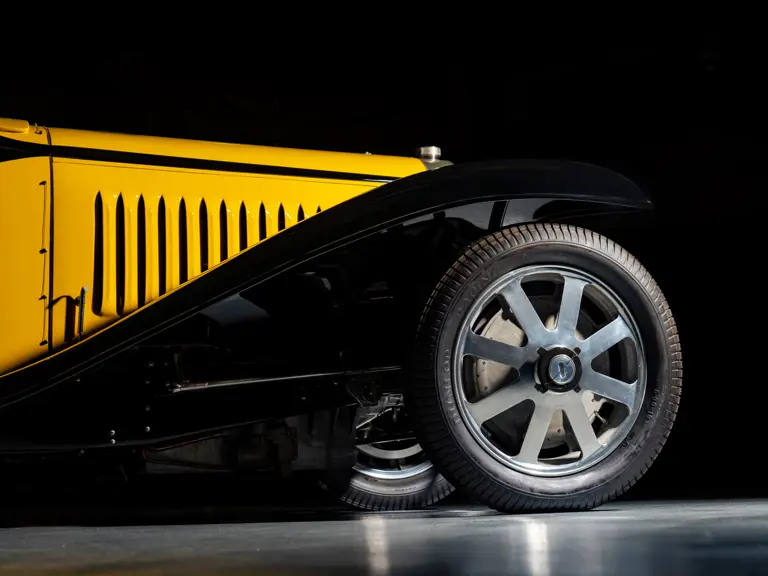
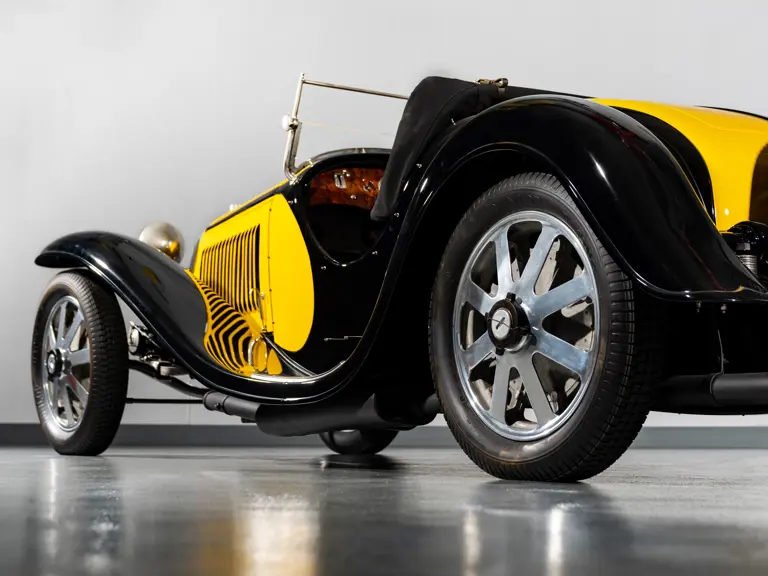
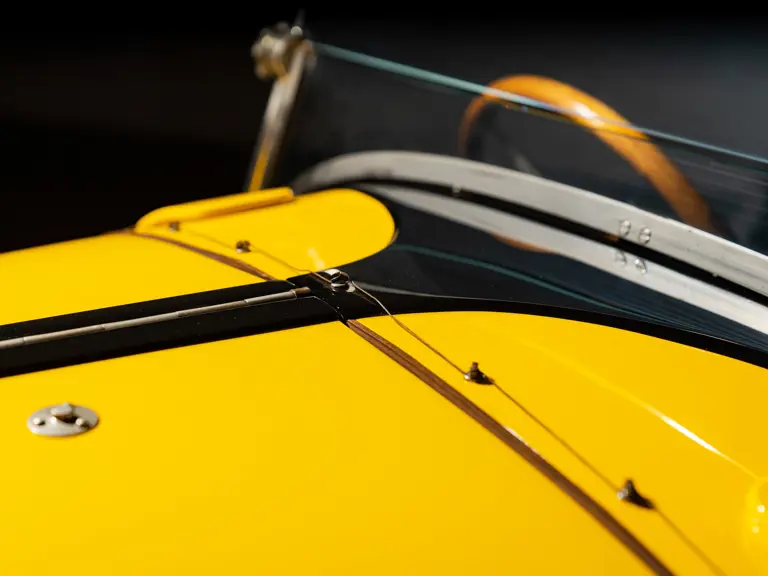
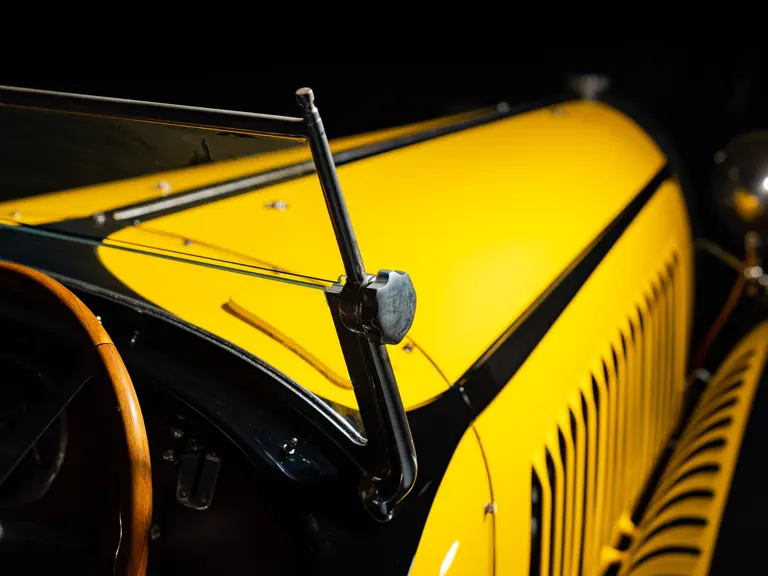
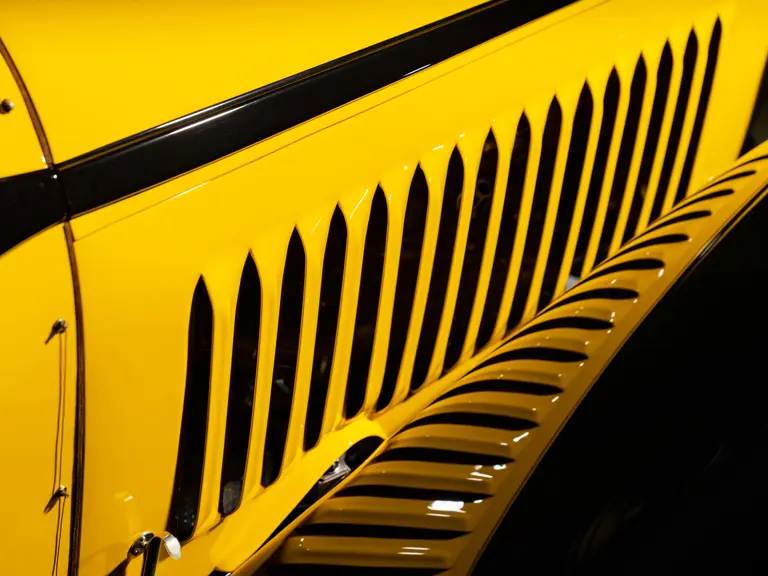

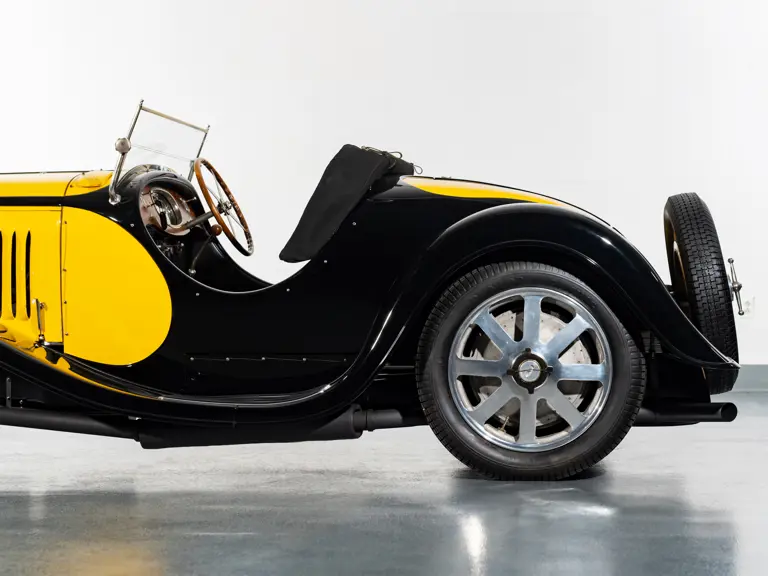

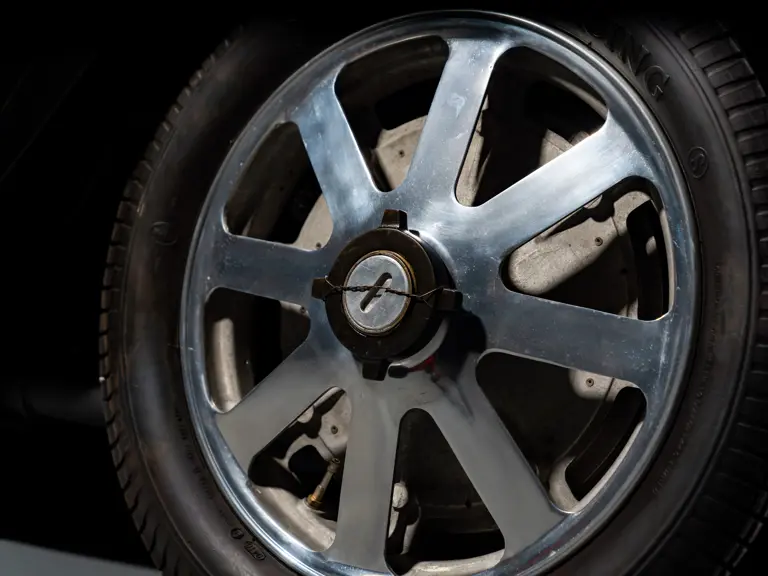

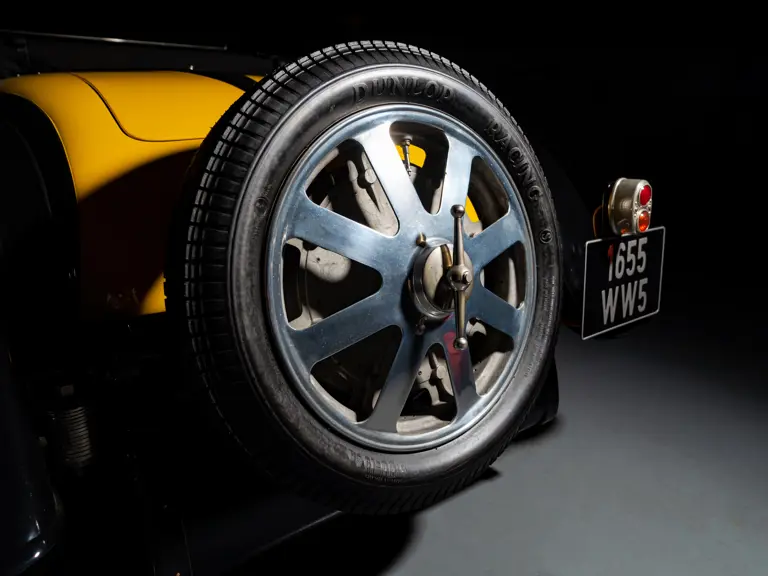
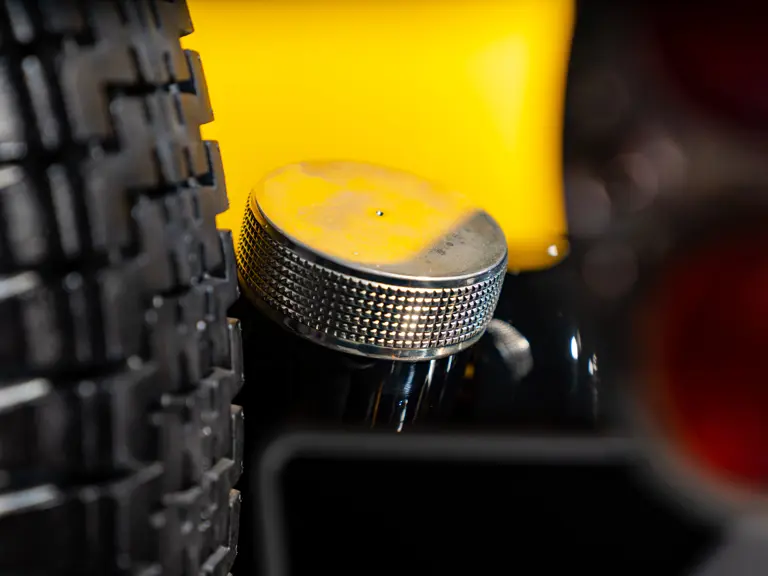
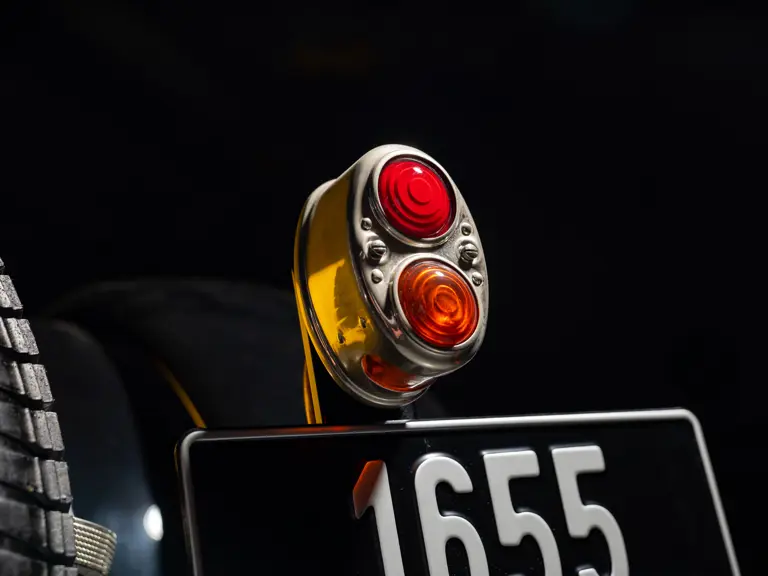
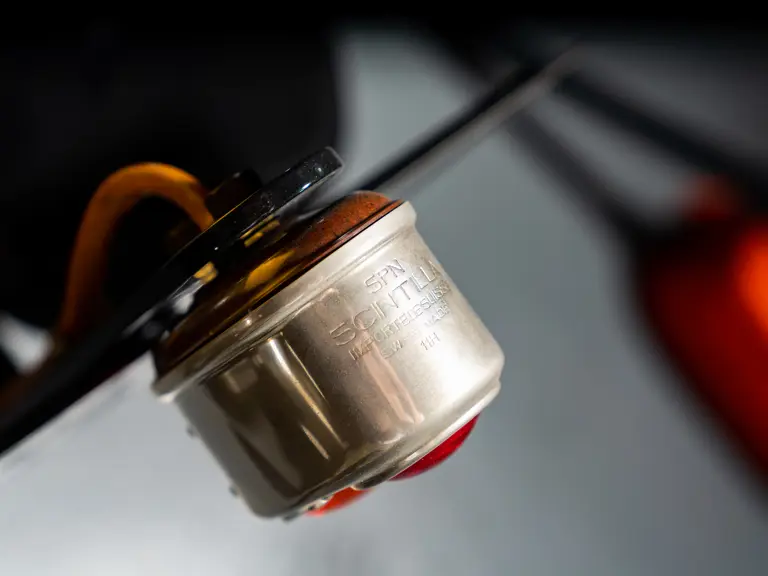
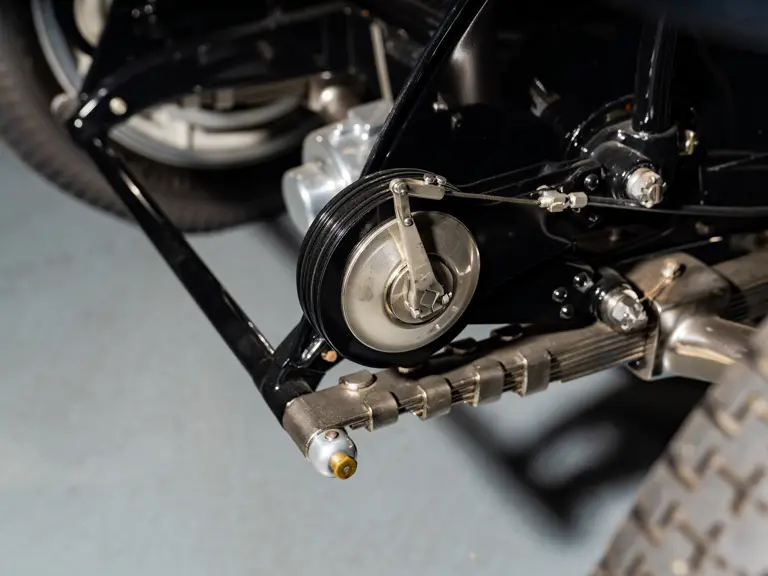
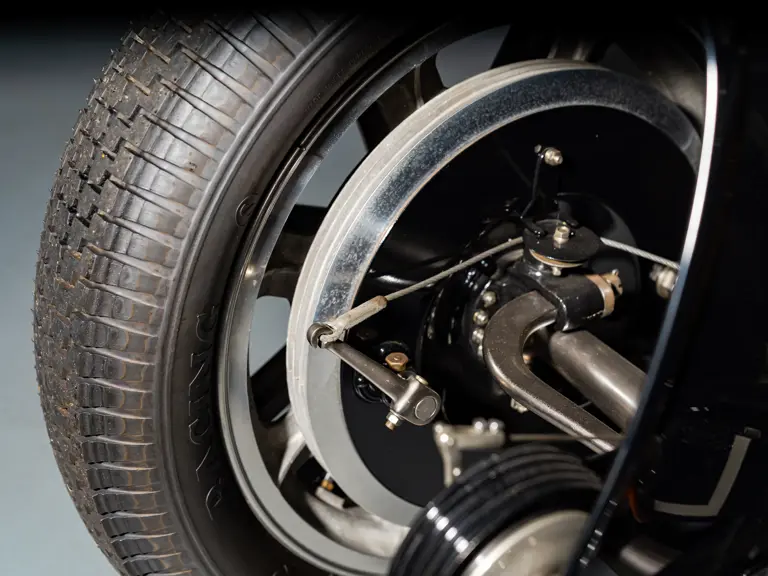
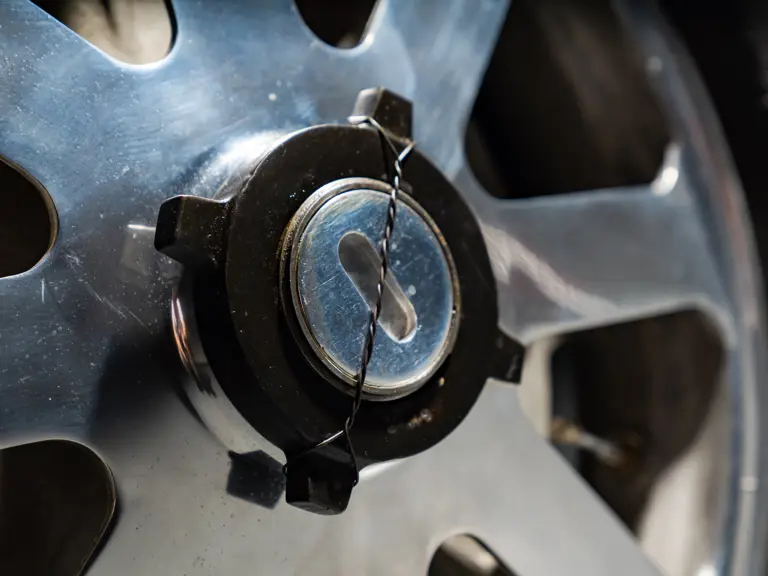

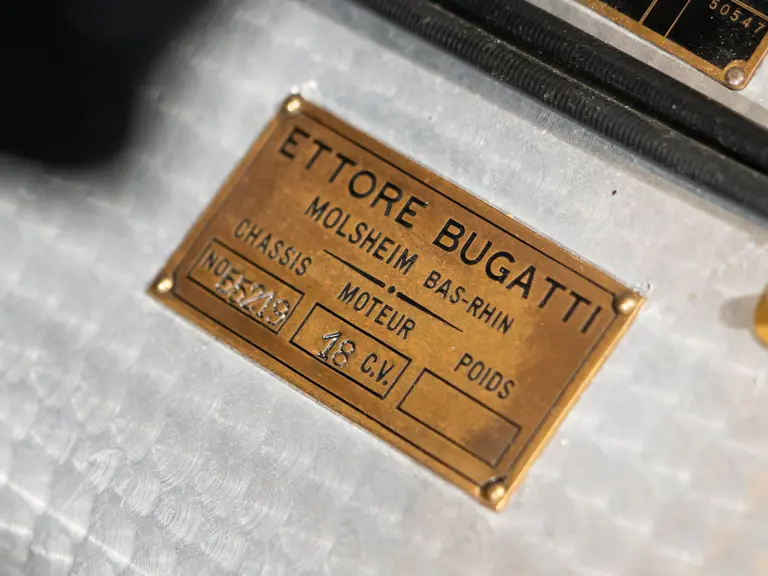

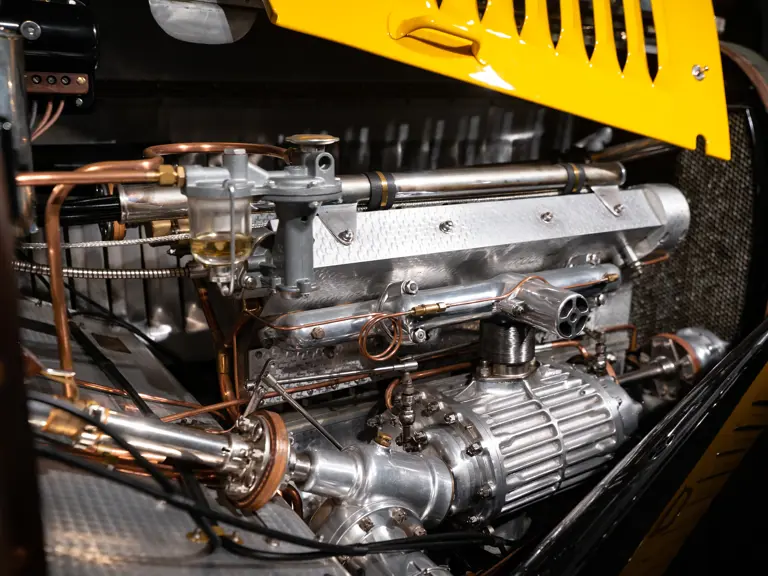
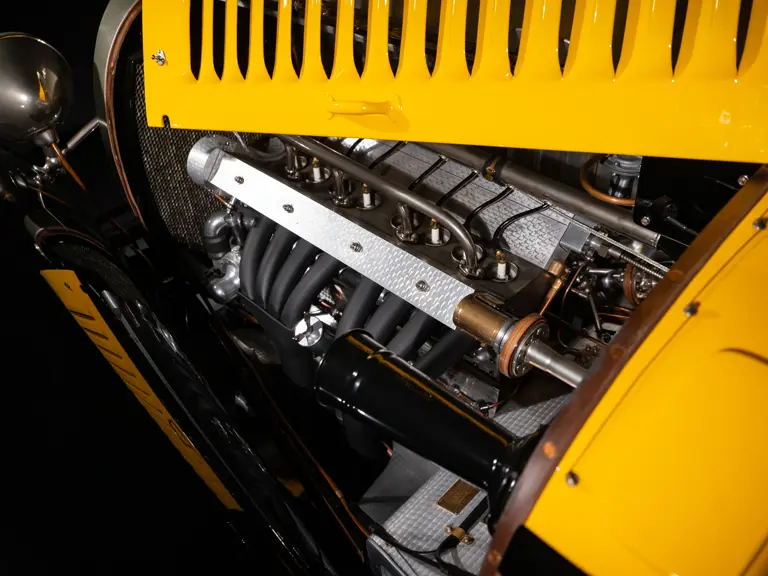
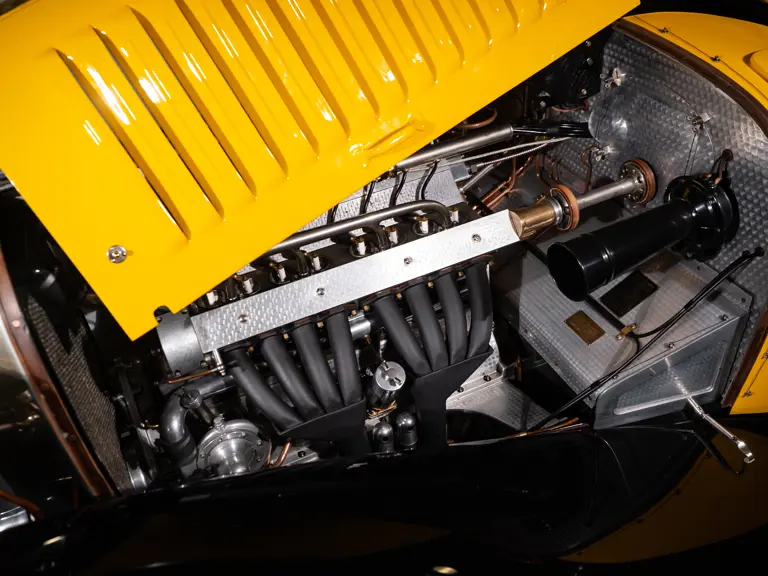
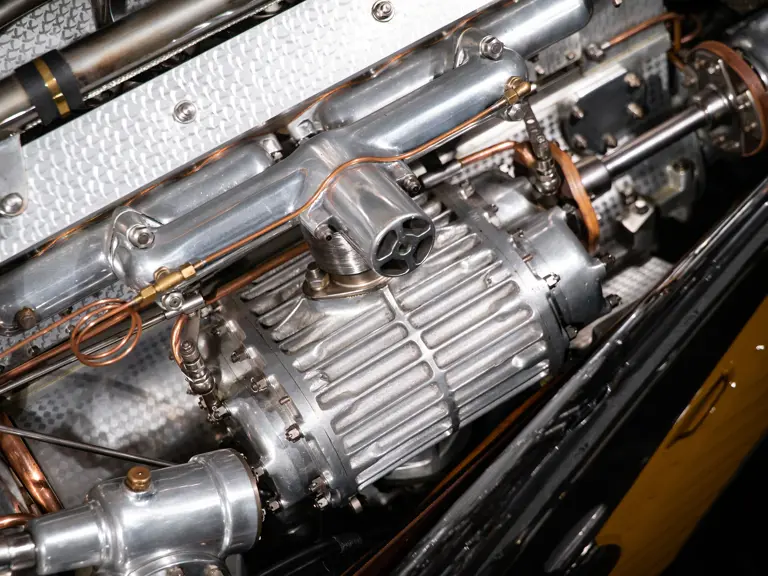


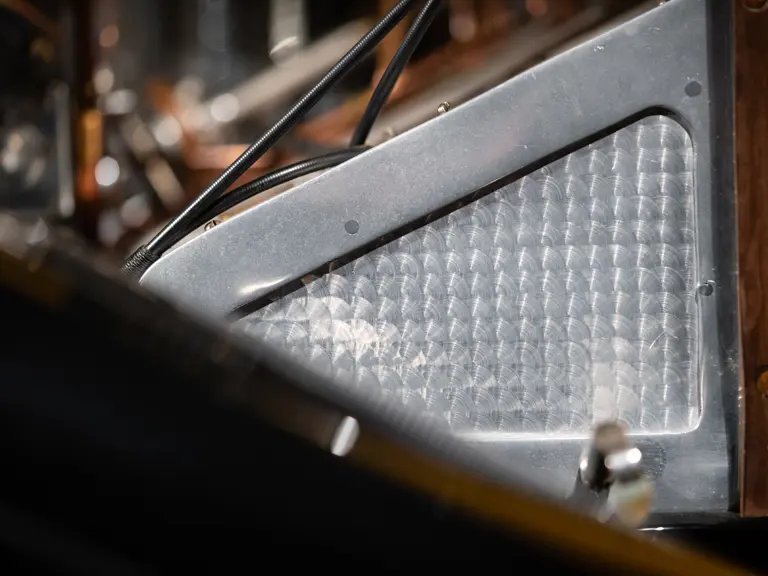
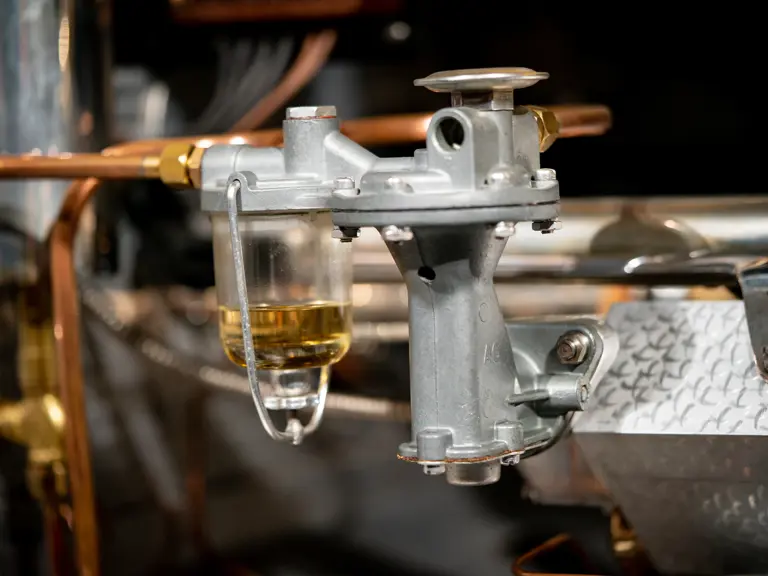
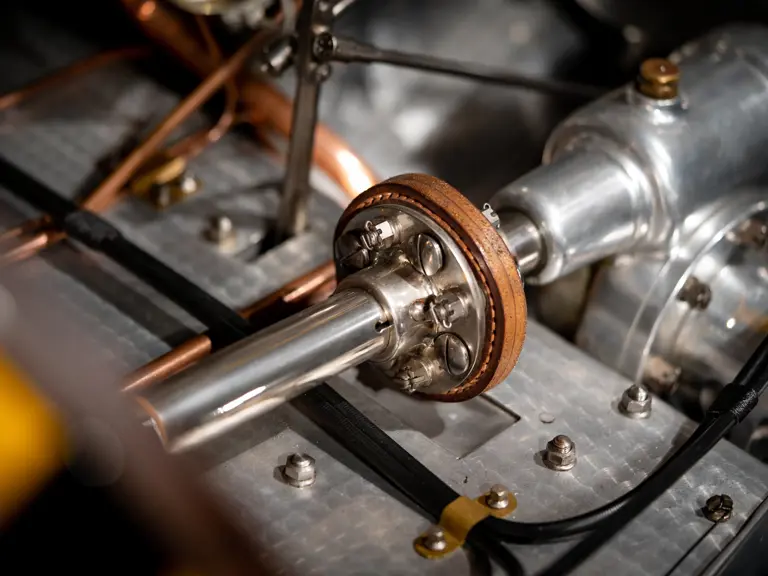
 | Monterey, California
| Monterey, California


